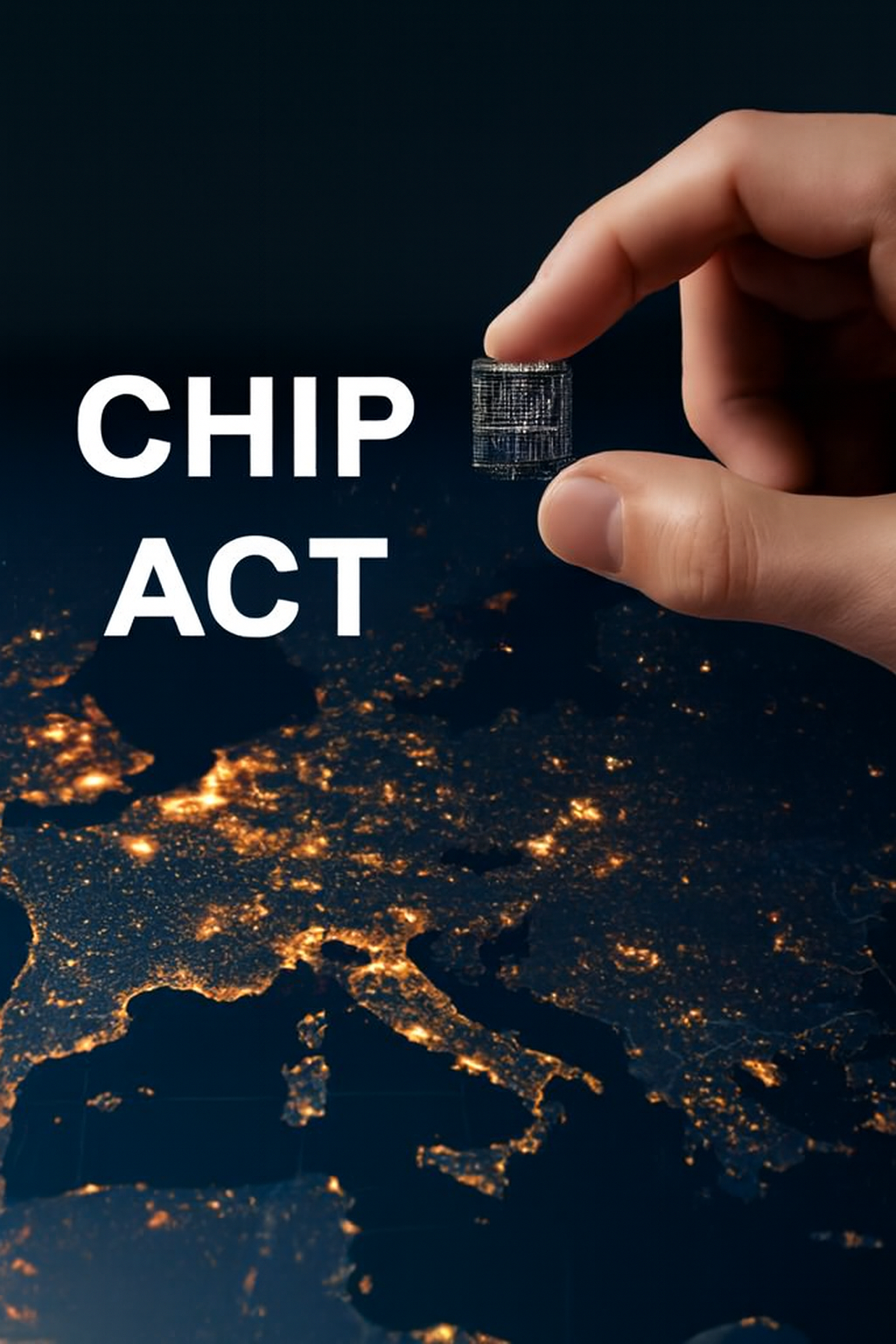The European Chips Act was created with a clear goal: to reduce Europe's dependency on non-EU suppliers in the semiconductor sector and strengthen the continent's technological sovereignty. An ambitious plan that aims not only at production capacity but also at the strategic resilience of the European electronic supply chain.
♻️ The Hidden Value of Regeneration
However, there is a less discussed — yet equally crucial — aspect regarding the lifespan of already existing electronic components.
In a context of growing scarcity of raw materials and rising logistics costs, regeneration is no longer just a sustainable choice: it is a strategic industrial lever.
Regeneration means:
-
giving new life to industrial electronic boards and modules,
-
extending the operational lifecycle of equipment,
-
keeping know-how, skills, and technical data in Europe, avoiding their dispersion along fragile and costly global supply chains.
🔁 Technological Autonomy and Circular Resilience
If the Chips Act speaks of technological autonomy, industrial electronic regeneration speaks of circular resilience.
Two complementary dimensions of the same strategy: building a more independent, sustainable industry focused on production continuity.
Every certified regeneration process reduces electronic waste, limits CO₂ emissions, and strengthens Europe's internal production capacity.
In other words: less waste, less imports, more local value.
🌍 The Challenge of the Coming Years
The real challenge will not just be producing new chips, but managing the ones we already have in an intelligent and sustainable way.
This means adopting industrial policies and incentives that value regeneration processes, advanced maintenance, and servitization according to circular economy principles.
🔧 E-Repair: Certified Industrial Electronic Regeneration
As an Approved Siemens Partner and specialized laboratory for industrial electronic maintenance and regeneration,
E-Repair supports European businesses in building a short, resilient, and sustainable supply chain through:
-
certified regeneration of industrial electronic components,
-
predictive and preventive maintenance (MAAS – Maintenance as a Service),
-
reduction of electronic waste and CO₂ emissions (ISO 14064-1, BS 8001:2017, AFNOR XP X30-901).
🟢 Article excerpt from a content published on the official E-Repair social channels.
 Español (España)
Español (España)  Deutsch (Deutschland)
Deutsch (Deutschland)  Français
Français  Italiano
Italiano 















